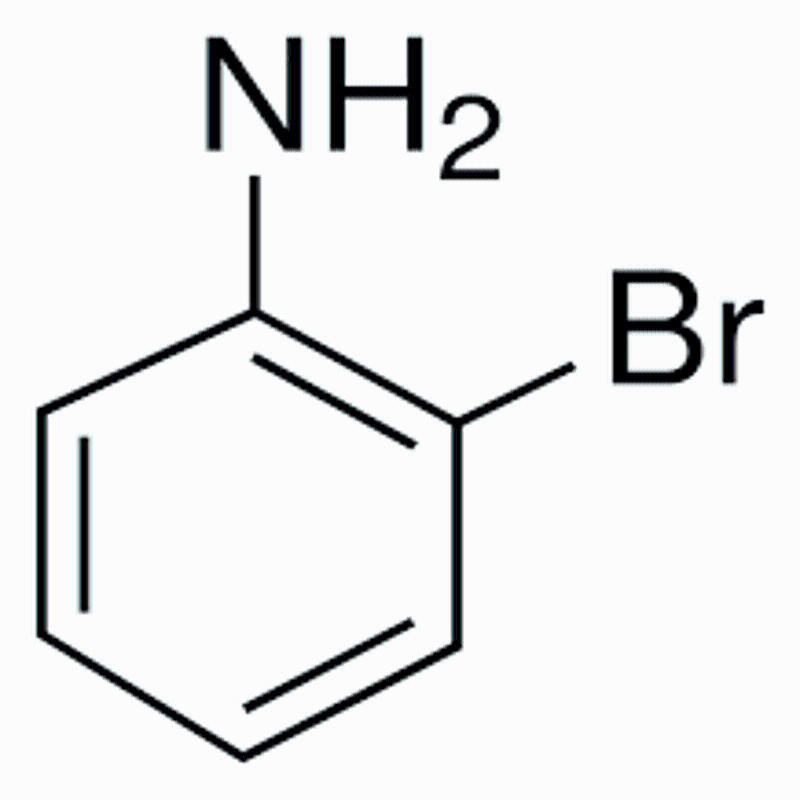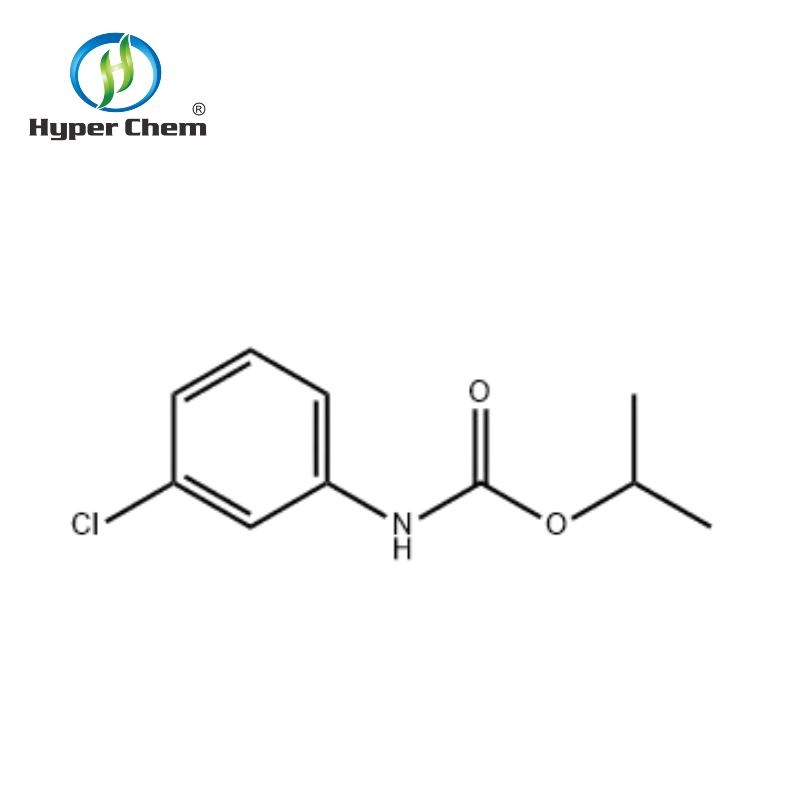-
Categories
-
Pharmaceutical Intermediates
-
Active Pharmaceutical Ingredients
-
Food Additives
- Industrial Coatings
- Agrochemicals
- Dyes and Pigments
- Surfactant
- Flavors and Fragrances
- Chemical Reagents
- Catalyst and Auxiliary
- Natural Products
- Inorganic Chemistry
-
Organic Chemistry
-
Biochemical Engineering
- Analytical Chemistry
-
Cosmetic Ingredient
- Water Treatment Chemical
-
Pharmaceutical Intermediates
Promotion
ECHEMI Mall
Wholesale
Weekly Price
Exhibition
News
-
Trade Service
Tebuthiuron is a commonly used herbicide in the chemical industry.
It is widely used to control broadleaf weeds in various crops such as soybeans, cotton, and rice.
The production process of tebuthiuron involves several steps, which are outlined below.
- Manufacture of the intermediate
The production of tebuthiuron involves the manufacture of an intermediate compound known as 2,2-dichlorovinyl dimethyl phosphate.
This compound is synthesized by reacting dimethyl phosphoryl chloride with 2,2-dichloropropane in the presence of a catalyst such as aluminum chloride.
The reaction is carried out at temperatures between 50-70°C and the product is purified by washing with water and then with brine.
- Esterification reaction
The next step in the production of tebuthiuron involves the esterification of 2,2-dichlorovinyl dimethyl phosphate with methanol in the presence of a catalyst such as sodium methoxide.
The reaction is carried out at temperatures between 100-120°C, and the product is purified by washing with water and then with brine.
- Nitration of the ester
The next step in the production of tebuthiuron involves the nitration of the ester from step 2 with nitric acid.
The reaction is carried out in the presence of a solvent such as acetonitrile, and the product is purified by washing with water and then with brine.
- Reduction of the nitro compound
The final step in the production of tebuthiuron involves the reduction of the nitro compound from step 3 with hydrogen in the presence of a catalyst such as palladium on barium oxide.
The reaction is carried out at temperatures between 50-70°C, and the product is purified by washing with water and then with brine.
- Purification and packaging
After the reduction step, the final product is purified by washing with water and then with brine.
The product is then dried, packaged, and ready for use in the agricultural industry.
In conclusion, the production of tebuthiuron involves several steps, including the synthesis of an intermediate compound, esterification, nitration, reduction, and purification.
The final product is a widely used herbicide in the agricultural industry.
The use of advanced technologies and the employment of skilled professionals can ensure the efficient and safe production of tebuthiuron, helping to meet the growing demand for this important chemical in the marketplace.







